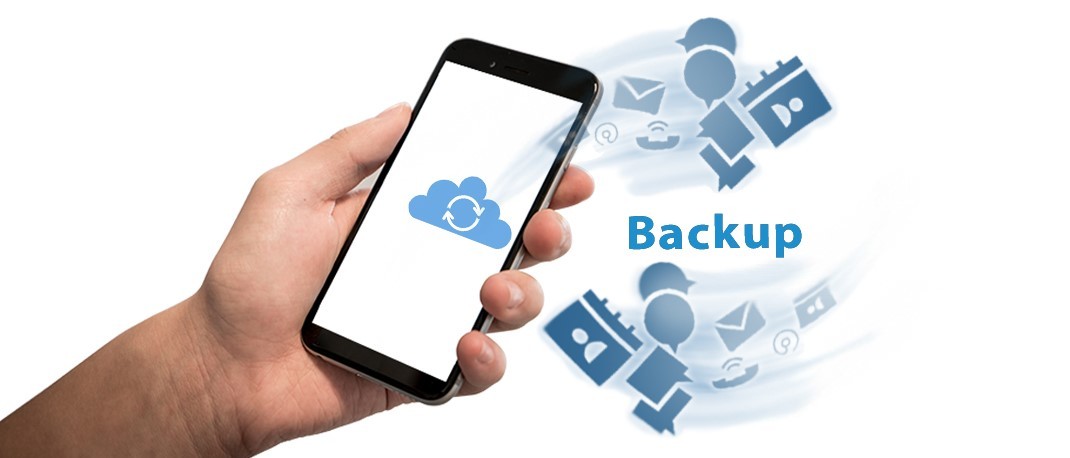When you are in business, the contact of your employees and customers is an important asset. You spend time gathering it and putting it together because the success of your business depends on how well you communicate with these two groups. While you have the option of storing contact data in different places, a lot of times you will find yourself keeping contacts on your smartphone.
As such, an easy way to facilitate easy communication is to use smartphone GAL sync to synchronize your contacts. But if you are like most people, hitting the sync button can feel incredibly nervous for fear of losing data. To ensure that your contact data remains safe, here are five things you should do before syncing your smartphone contacts:
- Create a Data Backup
Before you start syncing your contact data, back it up first. This shouldn’t be a difficult thing to do. For instance, you can export your contact list and save it in the cloud using a cloud solution. Alternatively, you can use Google contacts to store a copy of your contacts. The beauty of Google contacts is that it automatically saves your data and it is possible to undo any changes you make on it from at least a month. For those who prefer to use manual methods, storing your contacts in the traditional CSV file format in your computer can still do the trick. What is important is to ensure you have a copy of your smartphone contacts stored somewhere safely.
- Put All Other Syncs On Pause
To effectively sync your smartphone contacts, you need to pause or turn off any other parallel integrations that may be running on your phone. This not only speeds up the syncing process but also reduces the chances of getting results that you did not intend to get. To ensure that no other syncs are ongoing, check your phone settings before you initiate a phone contacts sync.
- Clean Up Your Contacts
A major benefit of syncing your phone contacts is that you end up with a high-quality database of contacts that you can use across apps. However, you need to ensure that you don’t have duplicates or unnecessary contacts in your database before you initiate the syncing process. This means you need to remove all the contacts that you will not need or have been saved more than once.
The easiest way to remove the contacts that you won’t need is to empty your other contacts folder on Google. This folder often contains out-dated contacts of people that you’ll probably never need to contact again. To ensure that you do not have duplicate contacts, check whether your phone has the ‘find and merge’ feature. If it does, use it to merge any duplicated contacts.
- Check Your Contacts Manually
Though the contact syncing process is largely powered by technology, not everything will appear the way you want on your contact list. This is precisely why you need to run a quick manual check once you are done with each of the steps above. When reviewing your contacts manually, pay attention to contacts that may be saved with multiple addresses and spelling mistakes.
Also, check whether you have any duplicate contacts even after you used the merge feature to fix this issue. If you come across an issue when doing a manual check, fix it manually. For instance, if there are duplicated contacts that were not merged automatically or old contacts that you do not need, merge or delete them manually.
- Do a Test Sync
Before running actual sync, test your smartphone sync application to see whether it gives you the results you want. Ideally, the sync solution should enable you access to any data you need. It should also enable you to push data from other apps communication applications like Outlook and Google. If you want to access your contacts offline, running test sync will tell you whether you will be able to do so as well.
Final Thoughts
The world today is hyper-connected. Communication has been digitized with technology changing how we manage personal as well as professional contacts. Unlike decades before when businesses main address books, modern-day businesses are managing their contacts from their phones. But just like the manual contact management systems, the use of smartphones to manage contacts has its own advantages and disadvantages.
A lot of these problems can be solved by syncing your contacts every so often. Syncing smartphone contacts enables you to maintain a clean contact list that you can access anytime and from anywhere. However, there is always the risk of losing contact data or ending up with duplicated data. To ensure that you get the results you want through smartphone contact syncing, do the five things discussed above before initiating the syncing process.
